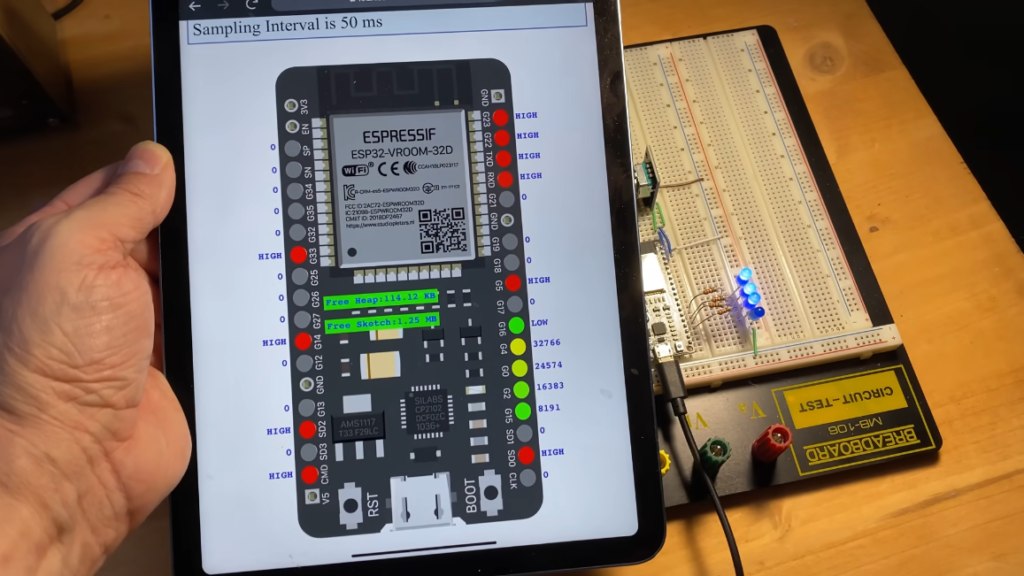Thomas Valadez has unveiled an ingenious project that leverages the computational capabilities of the Raspberry Pi 5 single-board computer (SBC) to create a novel AI-driven storytelling platform. Dubbed “Storybook Pi,” this open-source initiative combines cutting-edge artificial intelligence (AI) models and an energy-efficient e-paper display to deliver a unique, interactive storytelling experience.
System Architecture
At its core, Storybook Pi is built upon the Raspberry Pi 5, a powerful yet compact embedded Linux system. The project integrates several state-of-the-art open-source AI models, including natural language generation (NLG) and text-to-image synthesis models, to generate original narratives and accompanying illustrations on-the-fly.
The generated stories and illustrations are rendered on an Inky Impression 5.7-inch e-paper display, which offers a low-power, high-contrast viewing experience. This display technology ensures that the generated images remain visible even in the absence of power, providing a persistent and energy-efficient visual output.
Performance Considerations
While the AI models employed in Storybook Pi are computationally intensive, the Raspberry Pi 5’s quad-core ARM Cortex-A72 processor and up to 8GB of LPDDR4 RAM provide sufficient resources to handle the workload. However, it’s important to note that the inference time for generating a complete story and illustration can take approximately five minutes, depending on the complexity of the prompt and the system’s available resources.

Additionally, the e-paper display technology used in the project has a relatively slow refresh rate, which may result in a slight delay when updating the visual output. Nevertheless, the unique and engaging storytelling experience delivered by Storybook Pi makes this trade-off well worth the wait.
Hardware Requirements
To replicate the Storybook Pi project, developers will require the following hardware components:
- Raspberry Pi 5 SBC (or compatible earlier models, with potential performance implications)
- Inky Impression 5.7-inch e-paper display or similar e-ink panel
- Minimum 32GB microSD card to accommodate the AI models and application code
Open-Source Availability
In keeping with the spirit of open-source innovation, Thomas Valadez has made the Storybook Pi project publicly available on GitHub (https://github.com/tvldz/storybook). This allows developers and hobbyists to access the source code, AI models, and documentation necessary to replicate and extend this innovative storytelling solution on their embedded Linux systems.
Versatile Applications: Unlocking Educational and Commercial Opportunities
Storybook Pi’s innovative fusion of artificial intelligence, natural language processing, and embedded systems presents a versatile platform with significant potential across educational and commercial domains. Its unique ability to generate original narratives and accompanying illustrations on-the-fly opens up a world of possibilities:
Educational Applications:
- Interactive storytelling in classrooms, fostering creativity and imagination
- Language learning and literacy development through multilingual story generation
- Hands-on STEM education exploring AI, NLP, and embedded software development
Commercial Applications:
- Interactive storytelling platforms for children’s entertainment, museum exhibits, and marketing campaigns
- Automated content generation for industries like publishing, advertising, and entertainment
- Customizable gifting solutions with personalized stories and illustrations
- Embedded AI solutions for the Internet of Things (IoT) and embedded systems markets
With its open-source nature and potential for continuous development, Storybook Pi offers a flexible and market-relevant solution that can be tailored to meet diverse needs, unlocking new avenues for engaging educational experiences and innovative commercial applications.



